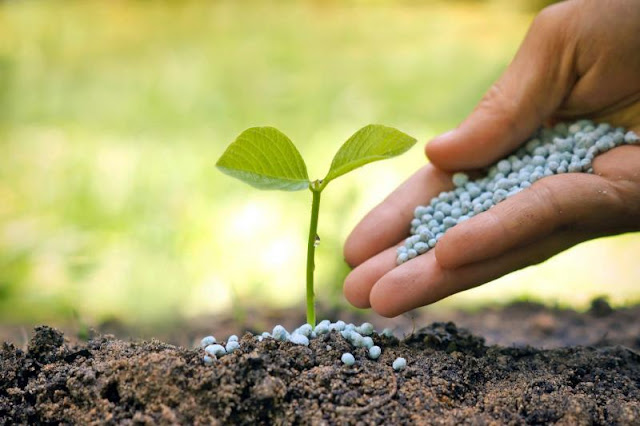Biofertilizers in the Age of Modern Microbiology: A Rethinking of Crop Nutrition

In an era of rising ecological degradation, climate change, soil erosion, and biodiversity loss, global population expansion poses a danger to food security. In this perspective, utilising naturally occurring activities such as those supplied by soil and plant-associated microbes appears to be a potential option for reducing pesticide dependency. Living bacteria called biofertilizers improve plant nutrition by mobilising or increasing nutrient availability in soils. As they effectively colonise the rhizosphere, rhizoplane, or root interior, several microbial taxa, including beneficial bacteria and fungi, are being used as biofertilizers.
Biofertilizers have yet to displace conventional chemical fertilisers in commercial agriculture, despite their considerable potential to improve soil fertility. Multi-omics research have made great progress in understanding the drivers, functions, processes, and mechanisms in the plant microbiome over the last ten years. However, transferring this understanding of microbiome functions into agroecosystems to capitalise on plant nutrition remains a difficulty. We look at the key problems that are preventing biofertilizers from being used successfully in the field and offer potential remedies based on new product development tactics. Finally, we examine the necessity of biosafety rules and suggest new research directions for the development of biofertilizers.
By carrying out various biogeochemical cycles and organic matter breakdown, soil and plant-associated microorganisms play an important role in ecosystem functioning. As a result, biofertilizers (also known as microbial-based fertilisers) are regarded as critical components of sustainable agriculture, with long-term benefits on soil fertility. Biofertilizers are formulations made up of living microbial cells, either one strain or numerous strains (mixed or consortium), that help plants grow by boosting nutrient availability and acquisition.
Despite this, the phrase has changed over the previous 30 years, with numerous different connotations. The largest misunderstanding, according to Macik et al. (2020), arises when microbial inoculants are combined with other beneficial applications (e.g., biopesticides and phytostimulators) as biofertilizers. Plant growth-promoting bacteria or rhizobacteria (PGPB/PGPR) and biofertilizers are not interchangeable terms, because not all PGPB/PGPR are biofertilizers.



Comments
Post a Comment